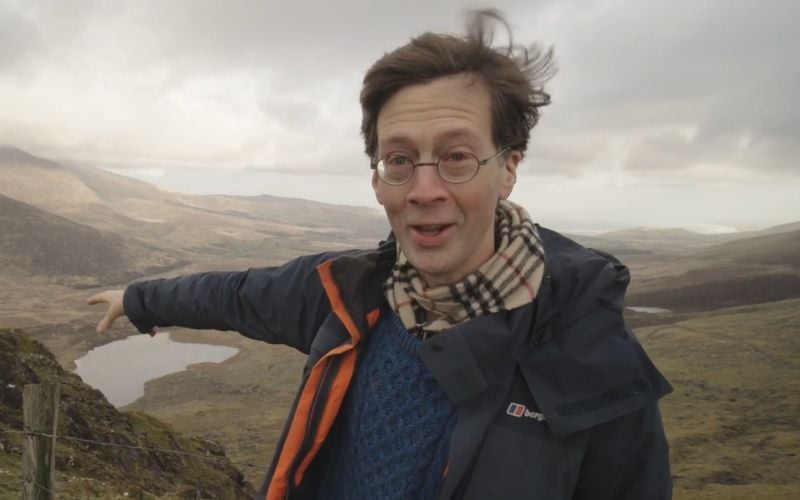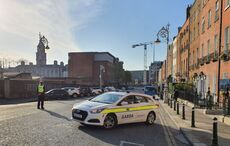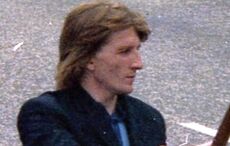It was a cause célèbre in 1956. Had an ordinary housewife in Pueblo, California, called Virginia Tighe lived a past life as a 19th century Irish peasant called Bridey Murphy as discovered during a hypnotic trance?
Morey Bernstein believed so. He carried out the trance and made a small fortune on the book – “The Quest for Bridey Murphy” – which was serialized in the Chicago Daily News and sold 250,000 copies in a few months.
The story took hold in the American public’s imagination. There were Bridey Murphy dances, Bridey Murphy parties, a reincarnation cocktail, films based loosely on the story of Virginia/Bridey, references in novels and popular television shows, and even a band named Bridey Murphy.
Morey Bernstein was a tractor dealer by trade but ran into, Jerry Thomas, the cousin of an important customer, who told him his hobby was hypnosis. Thomas’s display that night – he put a woman under hypnosis, planted a suggestion in her brain, and Bernstein watched fascinated as she carried it out as soon as she had been woken. From there, he moved into reincarnation, stories of which are plucked from the unconscious – according to believers – during deep hypnosis.
In 1952, he convinced Virginia Tighe to go under hypnosis. And thus was born the Bridey Murphy story. Tighe spoke in an Irish accent, talked of places and people she could never have known, and spun a convincing story about life as a woman in 19th century Ireland. It inspired Bernstein to write his book, and it took off from there. For Bernstein, that is. He sold his tractor business, invested that and his book money on Wall Street, and died a rich philanthropist.
But the phenomenon lived on. Historians, amateur and professional, were desperate to see if Tighe’s story was true. Some of it was at least partially historically accurate, surprising for a woman who had never been to Ireland, and certainly not during in the 19th century. Descriptions of the Antrim coastline, of a journey from Belfast to Cork, of a greengrocer in the town. But historians could not find a reference to Bridey Murphy in the parish that Tighe suggested, and certainly not for the birth and death dates she provided. And she pronounced the name Sean all wrong – ‘see-an’, instead of ‘shawn’. There was no house called ‘The Meadows’, where Bridey claimed to have lived, and she described in great detail a church that didn’t exist when Bridey was alive.
And the verisimilitude, the Irish feel? Well, according to later researchers, Tighe had grown up next door to an Irish family, the Corkells and had been infatuated with one of their sons, John – the anglicized version of Sean. In the highly suggestible state that hypnosis subjects are in – remember, Bernstein’s first encounter with hypnosis was Jerry Thomas’s display, in which he convinced a woman to walk into the kitchen and take off her stocking – they receive whatever is said to them and blend it with deep-buried memories of their own (rather than some previous life memories), and spin out stories of great detail and depth: different lives entirely, just not real ones.
That’s when Bernstein admitted he’d suggested it all to Virginia while she was under. But by then, of course, the book had become a best-seller, Bernstein was rich, and the country was seized with reincarnation fever. Morey Bernstein made Bridey Murphy, then made a fortune.




Comments